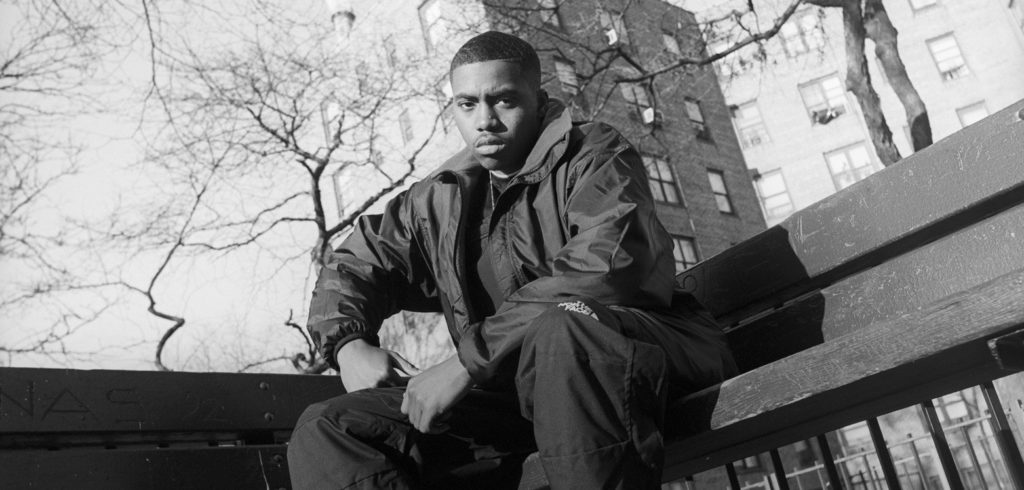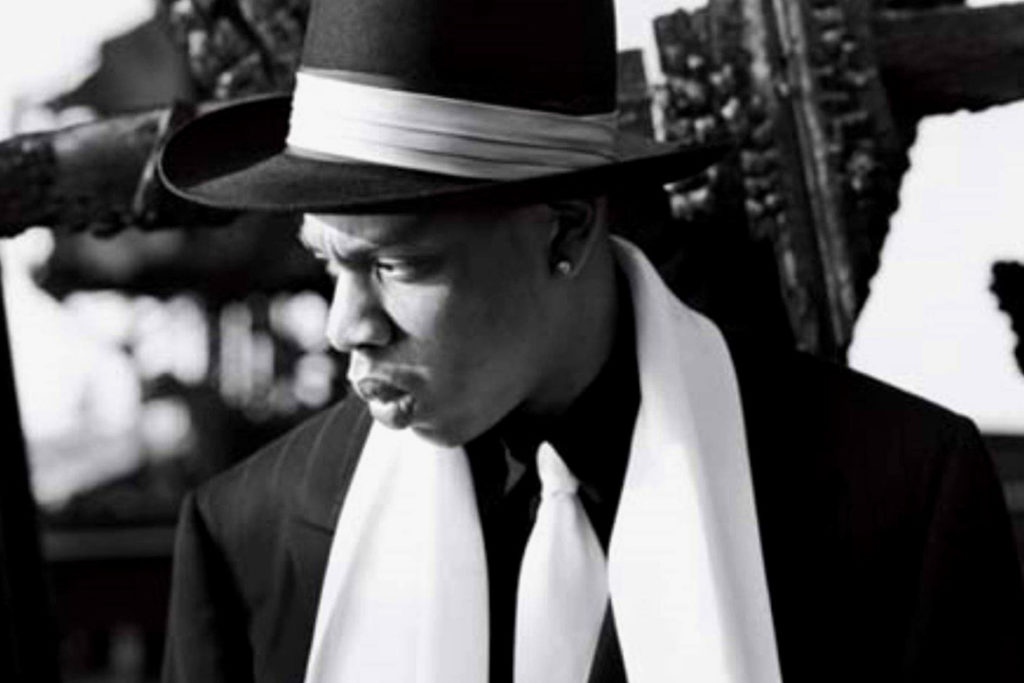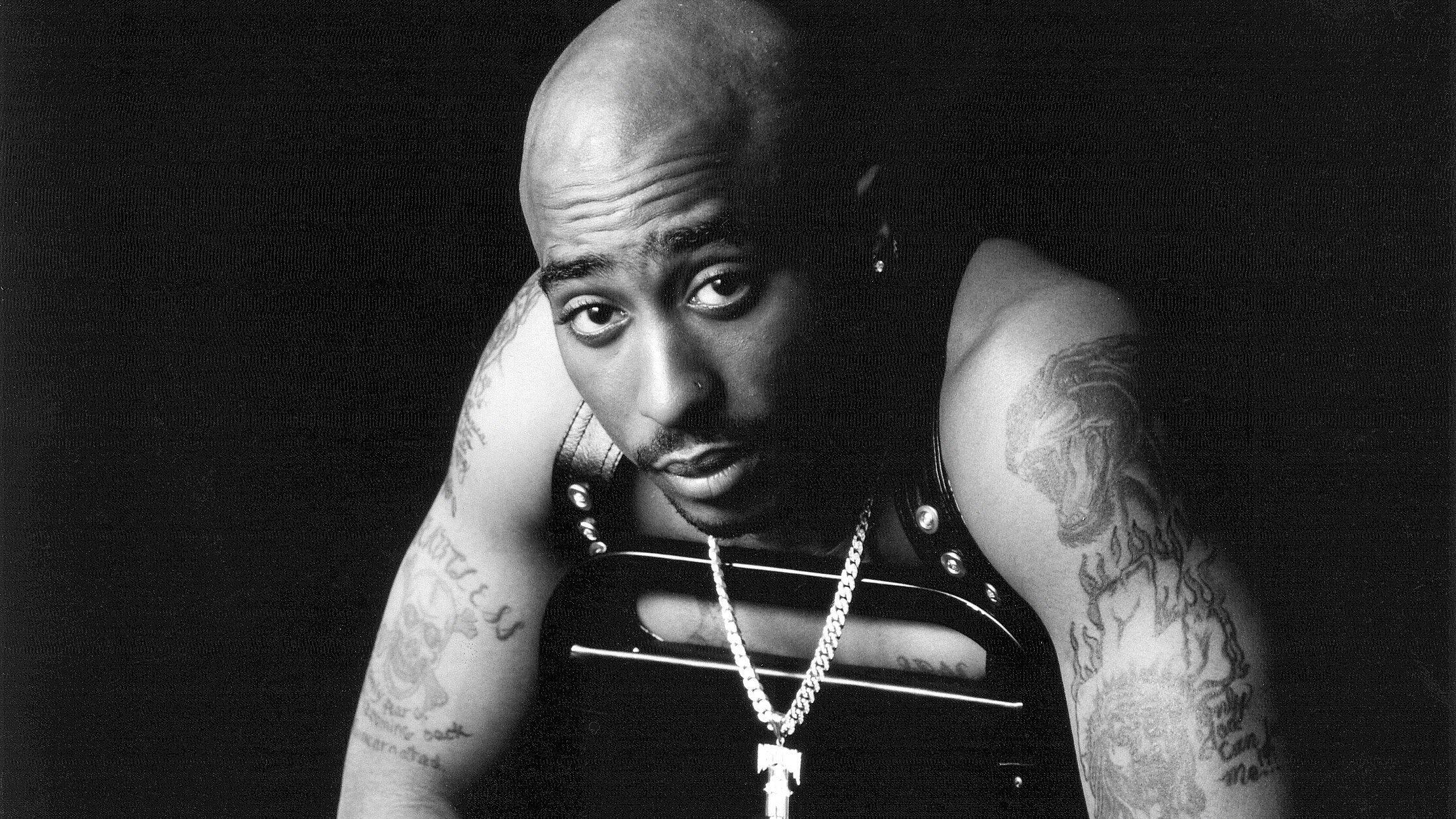Let’s see how hard the proverbial hip hop boat can be rocked. Tupac Shakur was not the greatest lyricist. He wasn’t the ultimate in wordplay. But, when he died on September 16th, 1996, at the age of 25, the pain that was felt across the world was immeasurable. He was one of the greatest that ever did it. He lived life fully and that was reflected in his music and how lived his life.
He told stories, expressed raw emotion that was, in a way, a reflection of our lives, regardless of culture, nationality or creed. He was, somehow, able to tap into our contradictions in a way that few are able to; the contradictions that exist between Keep Ya Head Up and I Get Around. After his murder, I remember reading letters from Senegal to Japan, published in various hip hop magazines, from a truly diverse group of people detailing how he had impacted on their own lives and reflecting on how he influenced mine. We shed So Many Tears for a man who had lived with all eyes on him.
Hip hop is a funny old thing. It’s impact on the world has been complete, since its birth on the streets of South Bronx, New York in the 1970s at the hands of the DJ Kool Hercs and Afrika Bambaataas. While most of us can agree on 2Pac influence, there is often more disagreement than consensus on the culture, in particular, the rap element, which has come to dominate completely, at the expense of b-boying, graf and deejaying.

Disclaimer:
I have long accepted that I do not fall within the target market of much of what is classified as ‘hip hop’ today. I consider much of it to be ‘rap pop/hip pop’. I believe this is because the emphasis has become ‘market’ and ‘commerciality’, but that’s a debate for another day.
On February 13th, 1996, 2Pac’s fourth studio album, and first with Death Row records, All Eyez On Me, was released. In August of the same year, just before his death, he started and completed the album The Don Killuminati: The 7 Day Theory, under the monikor Makavelli, which was released posthumously before the end of 1996. In between this, hip hop/rap saw the release of numerous albums in what some consider a truly iconic year in hip hop.
This is where it gets blurry. With the subjectivity in consuming music, in general, and rap music, specifically, the debate about what are considered ‘great’ years in the world of rap is one that rages on constantly, influenced by age, generation, and the like. It often depends on, as Sanaa Lathan’s character Sid in Brown Sugar, asks,“…when did you fall in love with hip hop…?”
She also said, “For many people hip hop was that first friend, the first to talk to us, the first to understand, hip hop has always been that kind of friend to me. And like any relationship, I’ve watched it grow, I’ve watched it change.”
It was and is an emotional thing. As a friend of mine put it, “back then hip hop was who you are, not what you do.” And albums were not judged on the basis of sales and how much money artists were making.
For many old school heads, the Golden Era of rap is the period 1986 to 1993, described as follows by AllMusic.com, “Hip hop’s golden age is bookended by the commercial breakthrough of Run-DMC in 1986 and the explosion of gangsta rap with 1993’s The Chronic by Dr Dre.”
1996 falls within what some have termed the ‘silver age’ or second golden age. But, how does one hold up one year against the many others that have come before and followed? Is it the number of albums that were deemed ‘classic’? Is it the number of rappers who have since been classified ‘legend’, especially when looking back from a time where rappers are labelled ‘legends’ after two singles? In my attempt to make sense of this, I put the question to friends who have been submerged in hip hop for the last three decades, including the man (then boy) who, by and large, introduced me to hip hop in 1983/84, on the streets of Maseru, Lesotho.
When I asked Thabiso, how he felt about the year 1996 in hip hop, his response was a rant of sorts, but let me let him tell it, “There was an Interesting shift in perception then. Quality was solidly thrown out the window. The wholehearted embrace of the up-to-then tacky ‘gangsta/real n@gga/thug fringe’ was locked down. The equally nihilistic, tacky and infantile misogyny was ridiculously escalated. After all, ‘real n@ggas f@%k hoes’ and shoot n@ggas, right?
Content focus shifted substantially too. Prose lost to beats. Lyrics were subjugated to loops and flashy re-works of other people’s music. The producer became the real muscle, especially for the commercially successful. But, even in the midst of the vacuous and utter mediocrity typified by the Tupacs and Notorious B.I.G.s, there were those moments when an Illadelph Halflife somehow made it to market. A Stakes Is High would surface, giving a glimmer of hope. For a moment. And then gunshots would ring out, a Lil’ Kim would release an album, a Foxy Brown would…whatever she actually did…”
Our relationships with hip hop and with each other, about hip hop, will probably forever be as conflicted as the above. Going through a list of artists and albums released in that year, it is hard to separate the subsequent impact and influence of the artists from the actual albums. For example, Nas released his sophomore album It Was Written which was decent but Illmatic was a rare, instant classic. It was always going to be hard to follow that up. It is interesting that Jay Z put out his debut album Reasonable Doubt, that year too, in a way, a precursor to the battle on wax that took place between him and Nas. Reasonable Doubt was a nice album but in no way gave an indication of the future impact of Jay Z on the music industry.

Busta Rhymes fully stepped out of the shadows of Leaders of the New School with The Coming. The Fugees broke into mainstream with The Score, a classic album, although Blunted On Reality will always be my favourite album of theirs. The Roots’ debut, Illadelph Halflife is a dope album but the album that elevated them beyond the ‘underground’ was Things Fall Apart, which came out in 1999. Native Tongues’ alumni (like Busta), De La Soul and A Tribe Called Quest both dropped their fourth albums, Stakes Is High and Beats, Rhymes and Life. This was the first time De La didn’t collaborate with producer Prince Paul and the first time Tribe featured production from The Ummah (Q-Tip, Ali Shaheed Muhammed and Jay Dee).
Stakes Is High, as well as Gravity by Bush Babees, brought attention to an emcee who has gone on to do big things – Mos Def/Yasiin Bey, although Bush Babees faded into who-knows-where. Another 1996 album that was underrated, is the truly one album wonders’ Cella Dwellas’ Realms ‘n Reality.
Outside of the East Coast, Outkast truly flipped it with ATLiens and continued to build on the legacy that they have since established. Southernplayalisticadillacmuzik changed my life. This album and Ras Kass’ Soul On Ice still get heavy rotation in my eardrums.
The deeper one dips into the year, the harder it becomes to decipher. Heltah Skeltah’s Nocturnal, UGK’s Ridin’ Dirty, M.O.P’s Firing Squad, Mobb Deep’s Hell On Earth, Redman’s Muddy Waters, Bahamadia’s Kollage, Lost Boyz’s debut Legal Drug Money, Ghostface’s Ironman, 2Short’s Gettin’ It, etc. were all bangers. And the list goes on. This was a time when there were so many albums coming out, it was finally hard to keep track. Dr. Octagon, MC Lyte, Keith Murray, Geto Boys, Nine, Three 6 Mafia, Chuck D, Chino XL, MC Eiht, Tela, Jeru The Damaja, Xzibit, Lord Finesse and so on, all had albums out.
So how iconic was 1996? I don’t know. I would be so bold as to say it did lay the foundation for rappers who have gone onto establish themselves as true legends in the culture. And of the the many that have fallen by the wayside, they have left us with music that will always bang relentlessly. But perhaps that’s just for those of us who nostalgically look back at those times as our best years.



